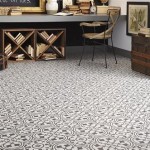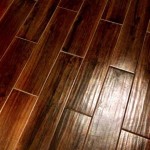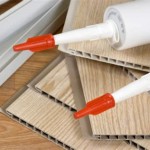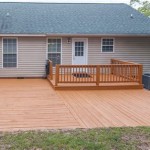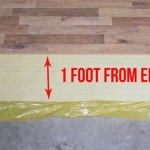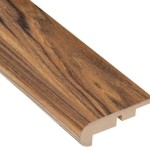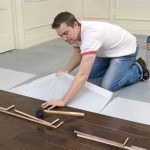Hardwood floors are a beautiful addition to any home, but they can be easily damaged by water. Knowing the signs of water damage is key to avoiding costly repairs or replacement. Water damage can cause the wood to swell, warp, discolor, and even rot, so it’s important to be aware of the signs of water damage on hardwood floors.
Discoloration
One of the most obvious signs of water damage is discoloration. Hardwood floors that have been exposed to water may develop dark spots or streaks. These spots are usually darker than the surrounding wood and may be difficult to remove. If the discoloration is very severe, the floor may need to be replaced.
Warping and Cupping
Another common sign of water damage on hardwood floors is warping or cupping. This occurs when the floorboards become uneven due to excessive moisture. Warping and cupping can cause the floorboards to separate, causing gaps between them. This can be a costly repair and may require the replacement of the entire floor.
Buckling
Buckling is another sign of water damage. This is when the wood planks become so saturated with water that they swell and buckle. This buckling can cause the planks to separate and can be difficult to repair. In some cases, the entire floor may need to be replaced.
Soft Spots
Soft spots are another sign of water damage. If you walk on the floor and feel a soft spot, the floor is likely damaged by water. This can be caused by water seeping into the wood or even from a slow leak. Soft spots can be repaired, but in some cases the entire floor may need to be replaced.
Mold and Mildew
Mold and mildew are often a sign of water damage. These fungi thrive in damp environments, so if your floor is exposed to water for long periods of time, mold and mildew will likely start to grow. Mold and mildew can be difficult to remove and may require professional cleaning. If the problem is severe, the entire floor may need to be replaced.
Preventing Water Damage
The best way to prevent water damage is to act quickly when you notice any signs of water damage on your hardwood floors. If you catch it early, you can often repair the damage yourself with minimal cost. However, if you wait too long, the damage may become more severe, requiring more costly repairs or even replacement.















Related Posts

